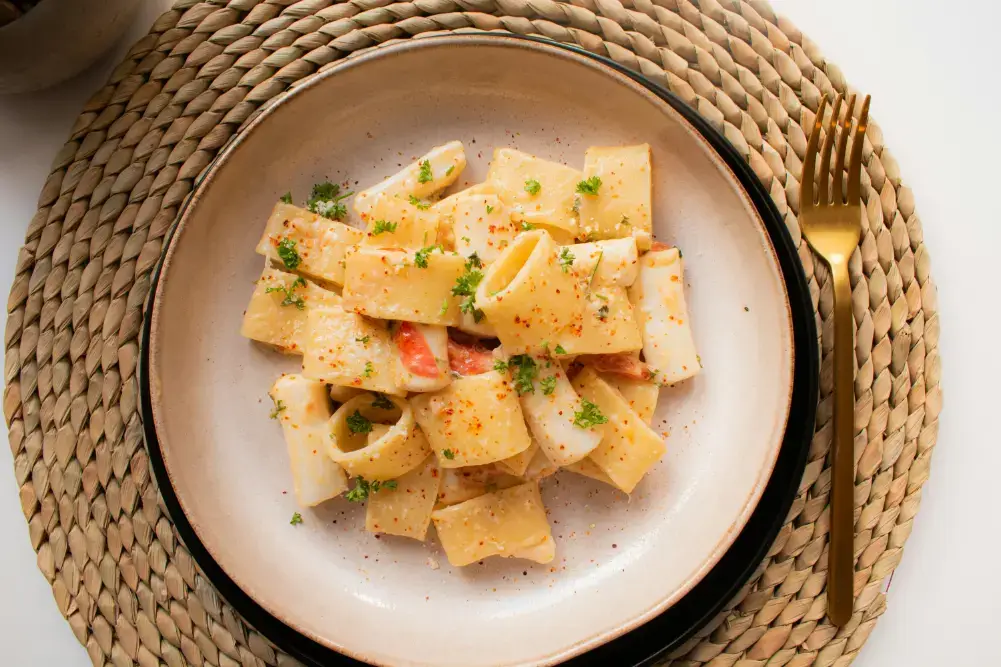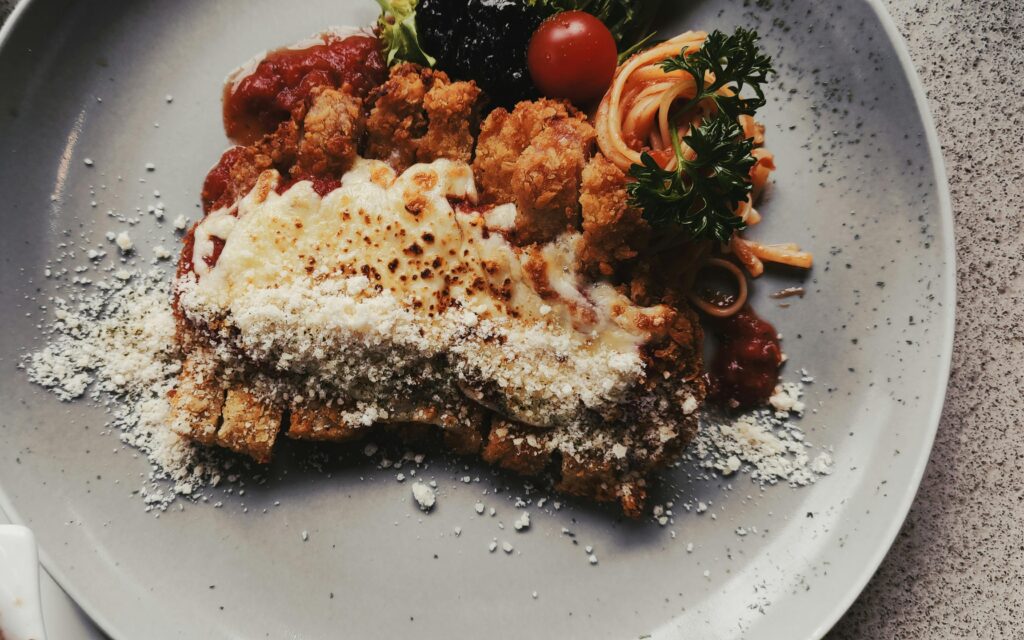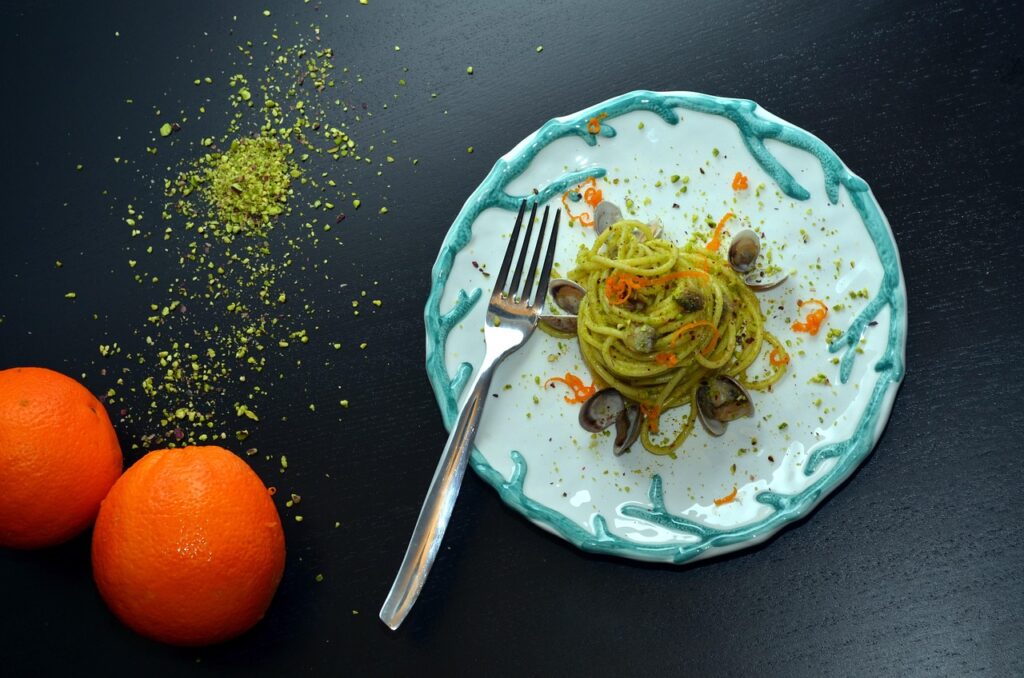Paccheri: a complete guide to Italy’s large tube pasta
Definiton
Paccheri is a large tube pasta traditionally from Campania, Italy. Its wide, hollow form makes it ideal for thick ragù, seafood sauces and stuffing. Because the tubes are large, each piece traps sauce and filling—so every bite carries texture and deep flavour.
Use this pasta when you want a dish that feels substantial: baked paccheri, stuffed paccheri with ricotta, or a short tubular pasta tossed with beans and greens all work exceptionally well.
Shape, variations and origins
It appears smooth (lisce) or ribbed (millerighe). The name comes from Neapolitan roots and, historically, described a popular, honest pasta—hearty and unpretentious. According to an encyclopedic overview it’s described as the most popular large tube pasta in Campania. (Wikipedia)
Because of the interior cavity, it can be used like a vessel—stand them in a baking dish or layer them in a casserole. The tube’s size also changes cooking behaviour: the interior will finish cooking slower than the exterior, so you must plan timing accordingly.
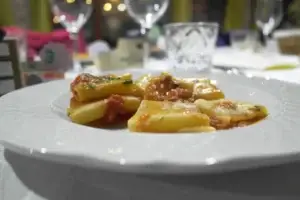
How to cook it perfectly
Follow a simple routine and you’ll avoid mush or under-done centers.
Step-by-step
- Use a large pot and bring water to a rolling boil. Salt generously.
- Add paccheri and stir once or twice. Cook until just under the box time—aim for slightly firmer than you want (al dente). Typical dried paccheri: 7–10 minutes, depending on brand.
- Reserve at least 1 cup of pasta cooking water before draining.
- Drain quickly and move the pasta into the pan with your sauce. Finish cooking together so the tubes absorb flavour and reach perfect texture.
Quick tips
Do not wait until fully soft. Because it is large and thick-walled, the interior may feel done while the core is still firm. If you plan to stuff and bake, par-cook (pull early). To stop sticking in baked versions, toss briefly with sauce or a little olive oil before filling.
Top pairings: proteins, beans and greens
It’s versatility shines when paired with the right ingredients. Let’s look at three major pairing categories: proteins, beans & greens, and filling/baking.
Proteins & seafood
Clams and other shell-fish are classic. Paccheri and clams (or other shellfish) give you the tube filled with broth, garlic, white wine and herb flavour. For hearty dishes, choose Italian sausage, beef ragù or swordfish ragù for bold character.
Anchovy fillets are a subtle shortcut to umami. Melt them into oil and garlic to give a deep backbone to vegetable or bean-based sauces.
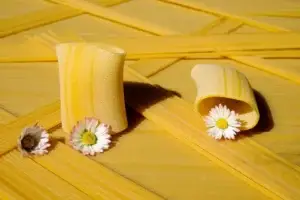
Beans & greens
White beans (cannellini) and torn kale or lacinato kale pair beautifully. Sauté garlic and anchovy (optional), add beans and greens, then toss with paccheri and a spoon-ful of pasta cooking water to create a creamy, dairy-free finish. This kind of beans and greens approach is highlighted by Serious Eats for short tube pasta like paccheri.
Fillings & baked styles
Fill it with ricotta and chard for a vegetarian bake. Use béchamel (besciamella) or tomato sauce as the base, top with mozzarella and Parmesan, and bake until golden. Food52’s stand-up baked paccheri recipes show how the vertical arrangement and cheese topping create an impressive presentation and texture contrast.
Stuffed & baked : step-by-step
If you’ve got time and want to impress, baked stuffed paccheri is the move. The large tube becomes a vessel for filling, then you bake it until the topping cheese is golden and the filling cooked through.
Basic method
- Cook it until slightly underdone. Drain and cool enough to handle.
- Prepare a filling—examples: ricotta + basil, ground sausage + mushrooms, or chard + goat cheese.
- Spoon filling into each tube using a small spoon or piping bag.
- Arrange tubes upright or side-by-side in an oiled baking dish. Pour sauce or béchamel over the top.
- Top with grated Parmesan and/or torn mozzarella. Bake at 190–220 °C (375–430 °F) until bubbling and browned at the top.
Let it rest 5–10 minutes after baking so it sets and slices cleanly. Serve with a dusting of Pecorino Romano or fresh parsley for brightness.
Technique spotlight: sauce handling and pasta cooking water
Pasta cooking water is the secret. It contains starch that helps sauces emulsify and cling to the tubes.
Emulsified sauce method
- Sauté the flavour-base (garlic, anchovy, onion or sausage fat).
- Add wine or tomatoes; reduce to concentrate flavour.
- Add drained paccheri and a ladle of reserved pasta cooking water.
- Toss vigorously off the heat and add grated Parmesan or Pecorino to bind—this creates a glossy emulsified sauce.
For bean-and-greens sauces, use both bean cooking liquid (if using dried beans) and pasta water for a creamy mouth-feel without heavy cream.
Flavoring and finishing touches
Small details make paccheri sing.
- Extra-virgin olive oil: finish with a drizzle for fruitiness.
- Garlic & red pepper flakes / chili flakes: build an aromatic base and gentle heat.
- Cheese: Parmigiano-Reggiano for nuttiness; Pecorino Romano for sharper saltiness.
- Fresh herbs & lemon / lemon juice: parsley or basil and a squeeze of lemon brighten seafood or bean versions.
Always taste for salt before adding cheese; pasta cooking water can change perceived saltiness and texture.
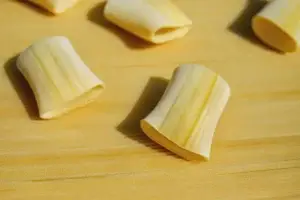
Common mistakes and how to avoid them
Avoid these pitfalls:
- Over-cooking: Pull it slightly early; it finishes in sauce or oven.
- Too-thin sauce: It needs body. If sauce is thin, reduce it or add a bit more pasta water and cheese to thicken.
- Not reserving pasta water: Without it, emulsified sauces collapse and cling poorly.
- Careless stuffing: If you stuff raw or overcooked tubes, they may collapse. Par-cook to preserve shape.
FAQ
What is the best cooking time for it to reach al dente?
Typical dried cooks in 7–10 minutes depending on brand and thickness. Pull a minute or two early if finishing in sauce or bake to avoid over-cooking.
Can you stuff it with ricotta and bake it?
Yes. Stuffed with ricotta (often with chard or spinach) and béchamel or tomato sauce is a classic. Food52 and other recipe sources show variations where the tubes are filled, arranged and baked until cheese is browned.
What sauces pair best with it?
Thick ragùs, seafood sauces (clams, mussels, fish ragù), and bean-and-greens mixtures all pair well. The rule: give the tube substance to hold.
What can I use instead of it?
Large rigatoni or other wide tubes can work, but you lose some of the interior cavity size. For baked stuffed presentations, try large manicotti or cannelloni if paccheri is unavailable.
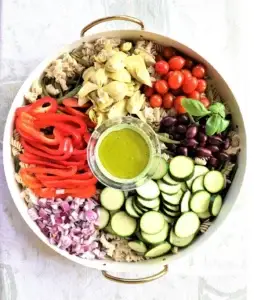
Internal and external resources
Internal links (Pastaloverz)
- Paccheri stuffed recipes
- How to cook paccheri
- Pasta shapes guide
- Pasta cooking water techniques
- Visit: https://pastaloverz.com/bigoli-pasta/
- https://pastaloverz.com/tortiglioni-pasta/
- https://pastaloverz.com/cannelloni-pasta/
- https://pastaloverz.com/mafaldine-pasta/
Recommended external reads (dofollow)
Related videos
Short demos and longer tutorials that show stuffed, baked and seafood paccheri in action.
Try it and tell us
Pick a technique—stuffed and baked, clams and wine, or beans and greens—and make paccheri your next weekend project. Share your picture on social with #Pastaloverz and link back to the recipe you used. Want us to post a printable recipe card or a step-by-step video for Pastaloverz? Contact us.
